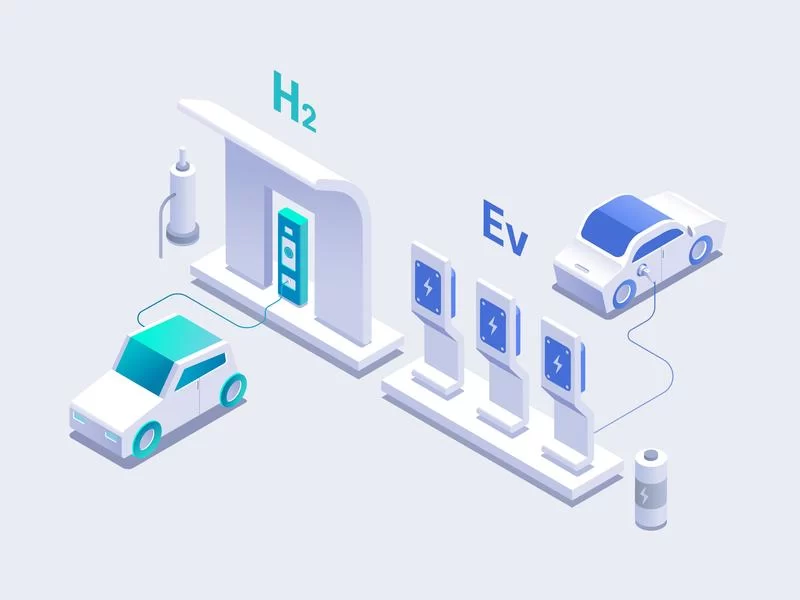Car Charging Microgrids: A Sustainable Solution for Urban Transportation

Growing cities and growing usages of electric vehicles have sent the demand for scalability, reliability, and sustainability in car-charging infrastructures through the roof. Car-charging microgrids cater to small, self-sustained microgrids that generate electric power to supply electric vehicle charging stations with no or limited support from the main grid. Novel solutions for modern urban transportation calm the stress of the centralized power grid and advance human civilization one step further toward sustainable development.

What Are Car Charging Microgrids?
A car charging microgrid is generally a self-sufficient energy system, often powered by renewable energy sources including solar or wind to drive EV charging stations. Conventional charging stations depend on the central grid for their energy input, but microgrids can operate independently of the main grid. They will not only be enabled to work in the case of a blackout but also manage the local demand better, especially in those urban areas which create sudden spikes in charging demand.
This is one huge plus about them: the use of storage battery systems. The microgrid can store energy during off-peak hours or from renewable resources; this way, it can supply power in moments when the sun isn't shining or the wind is not blowing. But what does this mean for urban transport?
The Urban Transportation Challenge
Few cities anywhere face challenges much greater than the leap from fossil fuel-powered automobiles to EVs. The grids were designed for none of these extreme energy demands, let alone at peak hours, because the grid now has to recharge thousands of electric automobiles. The pressure exerted on the grid may lead to inefficiencies, increased costs, or even an increased risk due to blackout conditions.
Car-charging microgrids achieve this by taking both the generation and distribution of energy out of the hands of centralized approaches. Think of these as small, powerful islands that provide resiliency and dependability added to city infrastructures. Since energy will be locally produced and stored, dependency diminishes from the main grid, and energy use will be smoothed out with reduced costs over time.
Case Study: The Success of Microgrids in California
The state of California has been at the forefront of implementing car-charging microgrids. For instance, large EV fleets, at companies such as Google and Apple, derive their power from microgrids coupled to solar panels, which charge lithium-ion batteries during the day for use at night or during cloudy periods.
By integrating renewables into the microgrid, it reduces operating costs not only for the companies themselves but also greatly contributes to California's clean-energy goals. Is this a model to be followed by other urban centers?
Challenges and Considerations
While car charging microgrids offer many benefits, they are not without challenges. Implementing microgrids on a large scale requires substantial investment in infrastructure and advanced technology. However, as the cost of solar panels, energy storage systems, and smart grid technologies continues to decrease, these barriers are slowly fading.
One question worth pondering: Could microgrids help balance urban energy demands beyond just EVs, such as powering homes or offices during peak times?
The Future of Car Charging Microgrids
Growing urban populations, a switch to EVs, and the thought of sustainability-the combination makes car charging microgrids more and more attractive. With better energy storage, AI-driven grid management, and solar power, these systems may become the cornerstone of urban infrastructure that shapes the transportation future clean and resilient.
FAQs
Why are flywheels preferred over batteries in EV charging stations?
Flywheels offer faster response times, minimal degradation, and long lifespans, making them ideal for high-demand energy applications.
Can flywheel energy storage be combined with renewable sources for EV charging?
Yes, flywheels can store surplus energy from solar or wind power, ensuring a reliable energy supply even when renewable sources are not producing.
What are the cost benefits of using flywheels in EV charging stations?
Flywheels reduce grid dependency, lower energy costs during peak usage, and provide long-term savings due to their durability and low maintenance.
